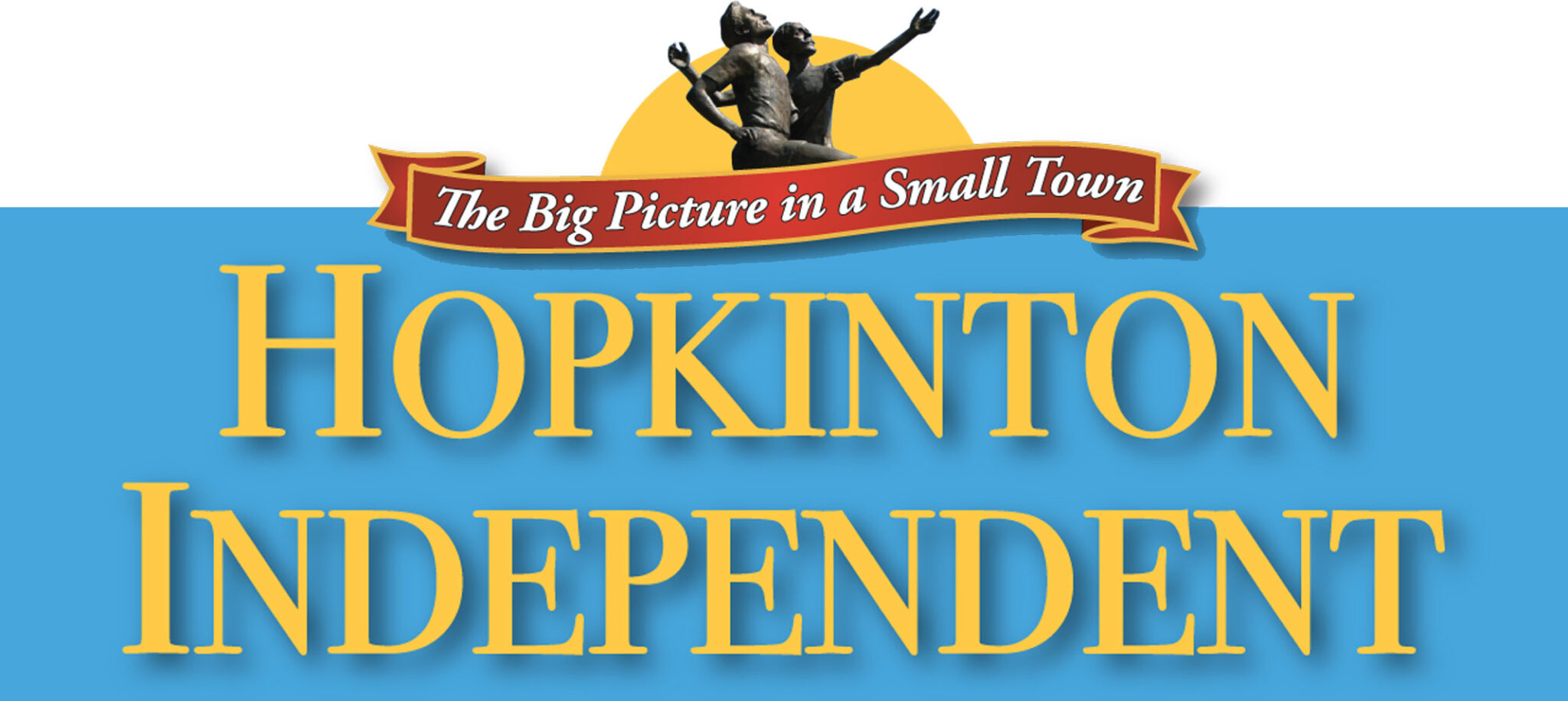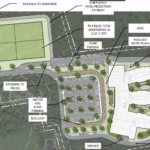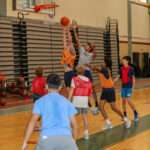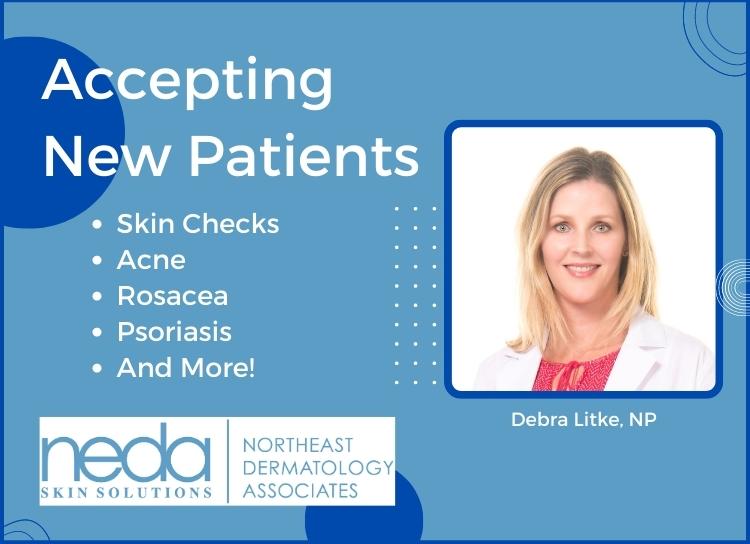The School Committee at its Thursday night meeting voted to discontinue the school mask mandate policy on Feb. 28 by a 4-1 vote.
Because of a federal mandate, masks still will be required on school buses.
The decision was in line with an announcement earlier this month from Gov. Charlie Baker and Department of Elementary and Secondary Education (DESE) Commissioner Jeffrey Riley, who indicated that the statewide mask requirement in schools would be lifted on Feb. 28.
Before reaching its decision, committee members considered the sharp decline in the number of student cases since the beginning of the month as well as the results of an online survey conducted by student representative Jessie Ianelli along with teacher opinions. They also heard from Board of Health Director Shaun McAuliffe, who spoke about the move toward personal responsibility as society moves from a pandemic to endemic stage.
“We just want to state to the community that our focus is really on the metrics,” McAuliffe said. “What we’re trying to do is kind of put all the vitriol [aside] and just bring everybody together.”
Per a report from the Department of Public Health on Thursday, the average daily rate of cases in town is 46.7 per 100,000 people, and McAuliffe said it was the second worst rate in the county. By comparison, the state is at 36.5 per 100,000 people. The positivity rate, he noted, was comparable to Lowell and surrounding communities.
McAuliffe said he did not expect to see a surge after the February school vacation given Hopkinton’s high vaccination rate compared to periods when there were outbreaks after other holiday breaks. He said many residents travel during vacations, which was how a variant from Australia recently was introduced to the Elmwood School population.
“Our ask is that when we go into February break that we be conscientious,” McAuliffe said.
Member Amanda Fargiano asked the superintendent about the concern regarding classroom disruption that the omicron variant caused because of higher absenteeism rates.
When there were higher case counts, the superintendent noted that “there was great disruption to teaching and learning” because lesson plans had to remediate lesson plans.
“They, too, would say to me that this is almost untenable,” Cavanaugh said. “And I’m not going to lie. In the months of December and January and February, they struggled.”
At one point, “20 percent of the kids were gone” during the surge period, Cavanaugh noted, making it challenging for teachers and students.
In her presentation to the committee, the superintendent noted that almost all segments of Hopkinton’s population have reached greater than 95 percent full vaccination status. The exceptions were 50-64-year-olds (94 percent) and those between the ages of 20-29 (87 percent).
The number of students who had COVID from Feb. 9-16 was five or under at each school. This showed a decrease from the previous week, when there were six cases at the high school, 13 at the middle school, seven at Hopkins, eight at Elmwood and 12 at Marathon.
Because of the handful of students that are contracting COVID-19, Cavanaugh said the absentee rates would be comparable to those caused by the common cold.
“When numbers are down to 20, I feel great about it,” she added.
McAuliffe added that the Health Department received $67,000 in grant money to provide masks and preventative materials to those who cannot afford them.
Said Board of Health Chair Lisa Whittemore: “It’s time to move from pandemic to endemic. I entirely agree with that.”
Ianelli presented the results of a Google poll about student and staff opinions on masking conducted Monday. Out of 396 students, 140 (35.8 percent) strongly preferred a mask-optional policy. This was the highest constituency on a five-point scale, with the other four groups ranging from those who strongly preferred masking to varying degrees of support in roughly equal numbers hovering around the 15 percent rate.
An interesting statistic Ianelli shared was that 50 percent of students noticed no difference in their ability to learn, while 41 percent noticed a positive change. While some students wanted a return to normalcy and a choice, others wanted to wait until after the school break as a precaution or because of a fear of future outbreaks.
When students were asked to whom the mask-optional policy should apply, the results were split evenly in thirds. One group preferred everyone to be allowed the option to wear or not wear mask, a third of respondents said it should be only for vaccinated students, while another third said the unmasking policy should apply only to vaccinated students who have received booster shots.
On the staff side, of the 87 respondents, 36.6 percent strongly preferred the mask mandate while 32.9 percent strongly preferred that masks be optional. While those opposing the mask mandate said they preferred the ability to see facial expressions and noted the high vaccination rate, staff members in favor of masks said that some students weren’t comfortable sitting next to unmasked peers or feared another outbreak after vacation travel.
School Committee Chair Nancy Cavanaugh complimented Ianelli for presenting the data “in an even-handed way.”
Member Joe Markey made the motion to lift the mask mandate effective Feb. 28 for all Hopkinton public schools with the understanding that DESE reserves the right to reinstitute a mask mandate should there be an uptick in COVID-19 cases. This motion was seconded by member Meg Tyler.
Member Lya Batlle-Rafferty, who voted against lifting the mask mandate, asked what mitigations were in place for those students who are immunocompromised. The superintendent replied that those students do not each lunch with their peers, and that KN-95 masks are available.
Nancy Cavanaugh asked McAuliffe what other strategies could be put in place. He compared the strategy to dealing with students and teachers with allergens.
Said McAuliffe: “It’s all about communicating those risks, respecting the risks that exist with the child or the household, and really working together as a community to provide that enhanced safety factor.”






















0 Comments